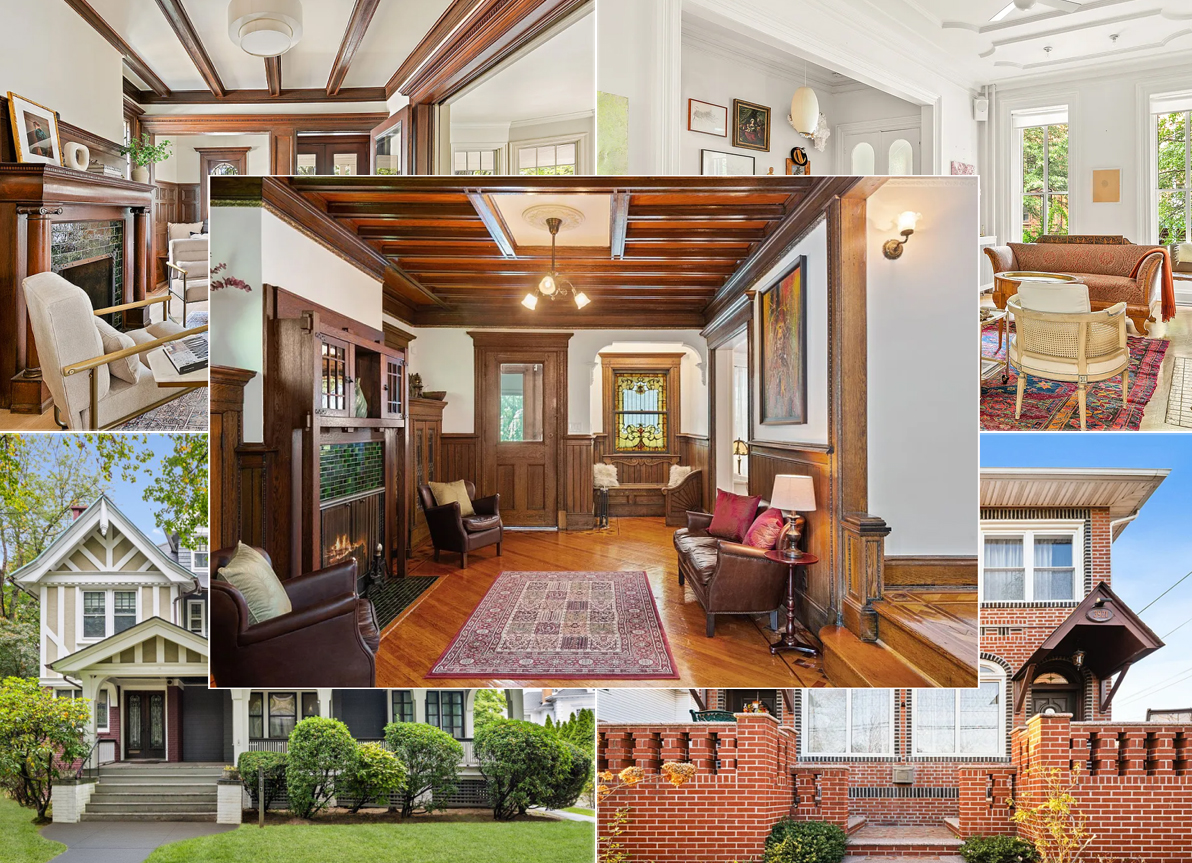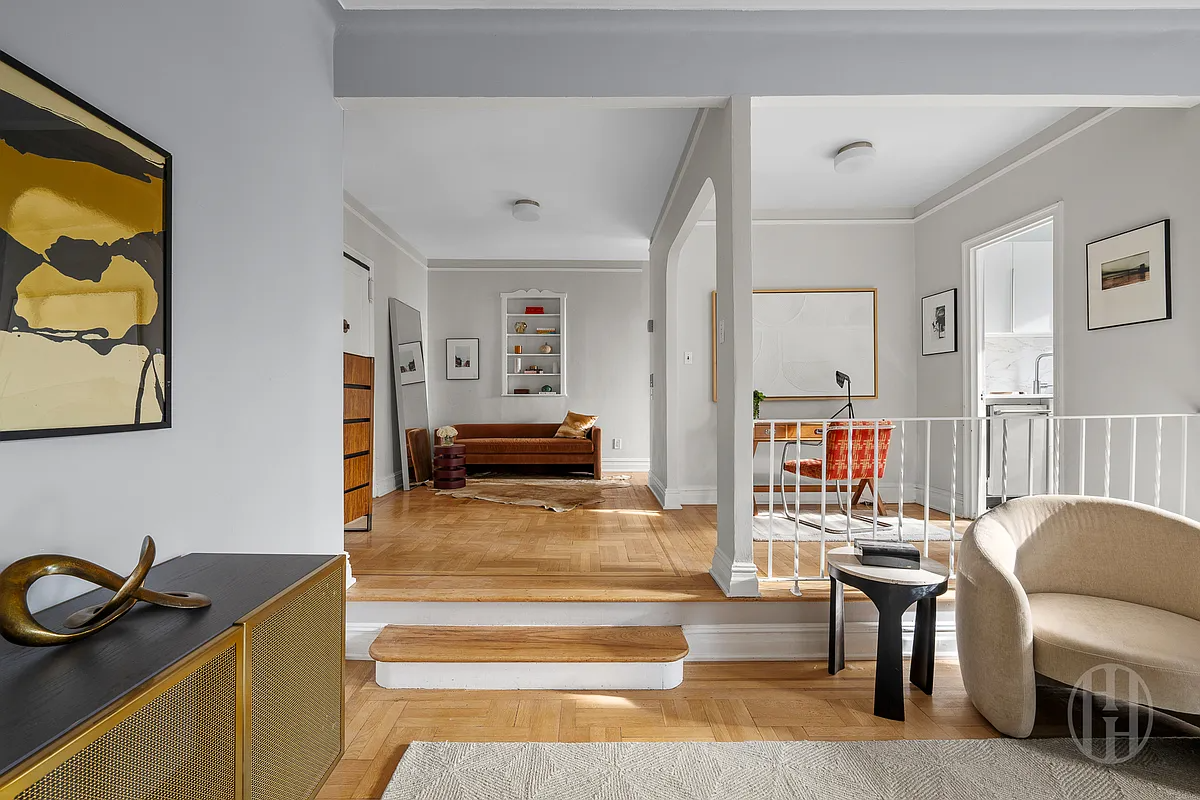Landmarking Tensions Build in Carroll Gardens
A fight is brewing in Carroll Gardens over a growing movement to expand the two-block stretch of landmarked area to include more of the neighborhood’s old houses. Predictably, the battle appears to forming along class and generation lines, with the more working-class old-timers bristling at the loss of control over their own homes. “I bought…

 A fight is brewing in Carroll Gardens over a growing movement to expand the two-block stretch of landmarked area to include more of the neighborhood’s old houses. Predictably, the battle appears to forming along class and generation lines, with the more working-class old-timers bristling at the loss of control over their own homes. “I bought my house under the pretense that I can do what I want to it – inside and outside,” long-time resident Butch Mule told The Daily News. Unfortunately, though, some of these long-time residents have not exactly distinguished themselves as guardians of the neighborhood’s architectural legacy. “We don’t want buildings to get funky additions on top and inappropriate modifications to the facade,” said architect John Hathaway, who is among those who have lived in the neighborhood for decades that does feel the area’s buildings are worth protecting. “The neighborhood has become so popular because of what it [looks like].”
A fight is brewing in Carroll Gardens over a growing movement to expand the two-block stretch of landmarked area to include more of the neighborhood’s old houses. Predictably, the battle appears to forming along class and generation lines, with the more working-class old-timers bristling at the loss of control over their own homes. “I bought my house under the pretense that I can do what I want to it – inside and outside,” long-time resident Butch Mule told The Daily News. Unfortunately, though, some of these long-time residents have not exactly distinguished themselves as guardians of the neighborhood’s architectural legacy. “We don’t want buildings to get funky additions on top and inappropriate modifications to the facade,” said architect John Hathaway, who is among those who have lived in the neighborhood for decades that does feel the area’s buildings are worth protecting. “The neighborhood has become so popular because of what it [looks like].”
Issue of Landmarking Splits Carroll Gardens [NY Daily News]





Sparafucile- can you give me a specific example of a landmarked area for a heterogeneous design? I’m not sure exactly what you are referring to.
To my mind, the current intellectual bankruptcy of the preservation movement has nothing to do with the economic class of its advocates, but with the extension of landmark status to areas that simply do not merit it. Brooklyn Heights was the first landmarked district in the city, and its boundaries were drawn to exclude more recent buildings, so that the district itself was a cohesive area with a readily apparent context and built form.
More recent designations sometimes include such a wide range of building types and styles that I wonder what possible basis for determining appropriateness could be applied. In an area with a heterogeneous design context, property owners should be free to add yet another style element, as long as they stay within the zoning’s bulk envelope.
I’m with you, bklynrosie!
Bklynrosie;
OK,point taken on the DN article. However, my overall larger point remains: Mr. B. and the preservationists cannot make an intellectually honest case on the positive merits of extending the landmarking district. Sparafucile and Orestes hit the nail right on the head above.
To believe that freezing the existing housing stock in a neighborhood that is newly popular with the elite is not going to drive up their price is wishful thinking. It WILL drive out the old-timers, and it WILL impose an aesthetic regime on the area.
Bxgrl, I agree completely! I was actually responding to Benson, who felt as though Mr. B was inciting a class riot with his mention of the dynamics of the neighborhood, when really it was mentioned many times in the original source article.
bklynrosie- landmarking is not what is forcing neighborhood change. Many neighborhoods have gentrified long before landmarking and economics is the reason it happens. There are plenty of neighborhoods that have become too expensive for the old-timers, and landmarking is not involved.
^^The article itself makes the ethnic and class angle a major focus.
Minard is correct- the landmarking movement in Crown Heights North came from long time (sometimes multi-generational) residents who saw the benefits, such as stabilizing the neighborhood and property values. These are not overprivileged gentrifyiers but working and middle class people who watched as neighborhoods lost some of their most beautiful architecture and charm. Now other neighborhoods with similar demographics are doing the same. They sure ain’t elitist, and if they are “intellectually bankrupt”, then maybe there is something to be said for intellectual bankruptcy.
To be fair, I don’t think Mr. B is class baiting here. From the article itself: “The battle is already pitting oldtimers – many part of the neighborhood’s dwindling number of Italian residents – against relative newcomers.”
And:
“Opponents argue the added costs could speed up the exodus of blue-collar residents – many of them elderly Italian immigrants or their Brooklyn-born children – from the neighborhood.
“You’re forcing more of the oldtimers out of here,” said John Esposito, 47, owner of Sal’s Pizza on Court St. and a Carroll Gardens native. “What do we tell our kids – that you can’t live here tomorrow?”
Census data confirm the neighborhood’s Italian population is steadily dropping. In the 1990 census, 14,417 people claimed Italian ancestry in Community District 6. A 2007 estimate shows that number fell by 15.8%, to 11,810.
Read more: http://www.nydailynews.com/ny_local/brooklyn/2009/12/09/2009-12-09_a_landmark_battle_issue_splits_homeowners_in_carroll_gardens.html#ixzz0ZDtrqySP